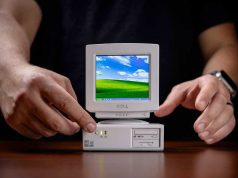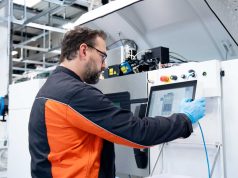The practical training of surgeons and emergency medics isn’t easy because the doctors need to train as realistic scenarios as possible and that wasn’t feasible until now. With the newly developed 3D printed realistic body these problem should be gone in the future. The developed body can even simulate breathing and has blood vessels that could use blood. If you look at the provided pictures you will notice that this model looks impressively realistic.
Like other 3D printing medicine projects this project has started with lots of 3D CT scans of the human body. With the scans 3D models for organs, blood vessels, bones and other things where created. Then the models were 3D printed with different types of silicone and other materials and they have gotten texture to ensure they look as real as possible. For example the 3D printed body can simulate breathing of humans and different problems that related with breathing, thus surgeons and emergency medics can train what to do in such cases.
Different diseases and injury patterns may require an emergency surgery by surgeons to save the live of their patients. These surgeries could be well trained with the new 3D printed body before a surgeon starts to work with real bodies. The skin of the 3D printed model can be cut with a scalpel and after working it’s possible to reseal the skin to use it again for another surgery simulation. After cutting the skin the surgeons will find very well created organs that can even bleed because of the blood vessels that runs through them.
As well as providing a training platform for our surgical teams, the thoracic trauma trainer will be of benefit to our prehospital Medical Emergency Response Teams
Until now no 3D printed training bodies were delivered because project members are still working on more functions and even better details. The project was created through a partnership between the Nottingham Trent University’s school of art and design, the Royal Centre for Defence Medicine and the Queen’s Medical Centre in Nottingham. 2017 the team wants to deliver the first two training bodies. There is also another interesting project ongoing: A 3D printed training tool for intravenous access.
Subscribe to our Newsletter
3DPresso is a weekly newsletter that links to the most exciting global stories from the 3D printing and additive manufacturing industry.


























